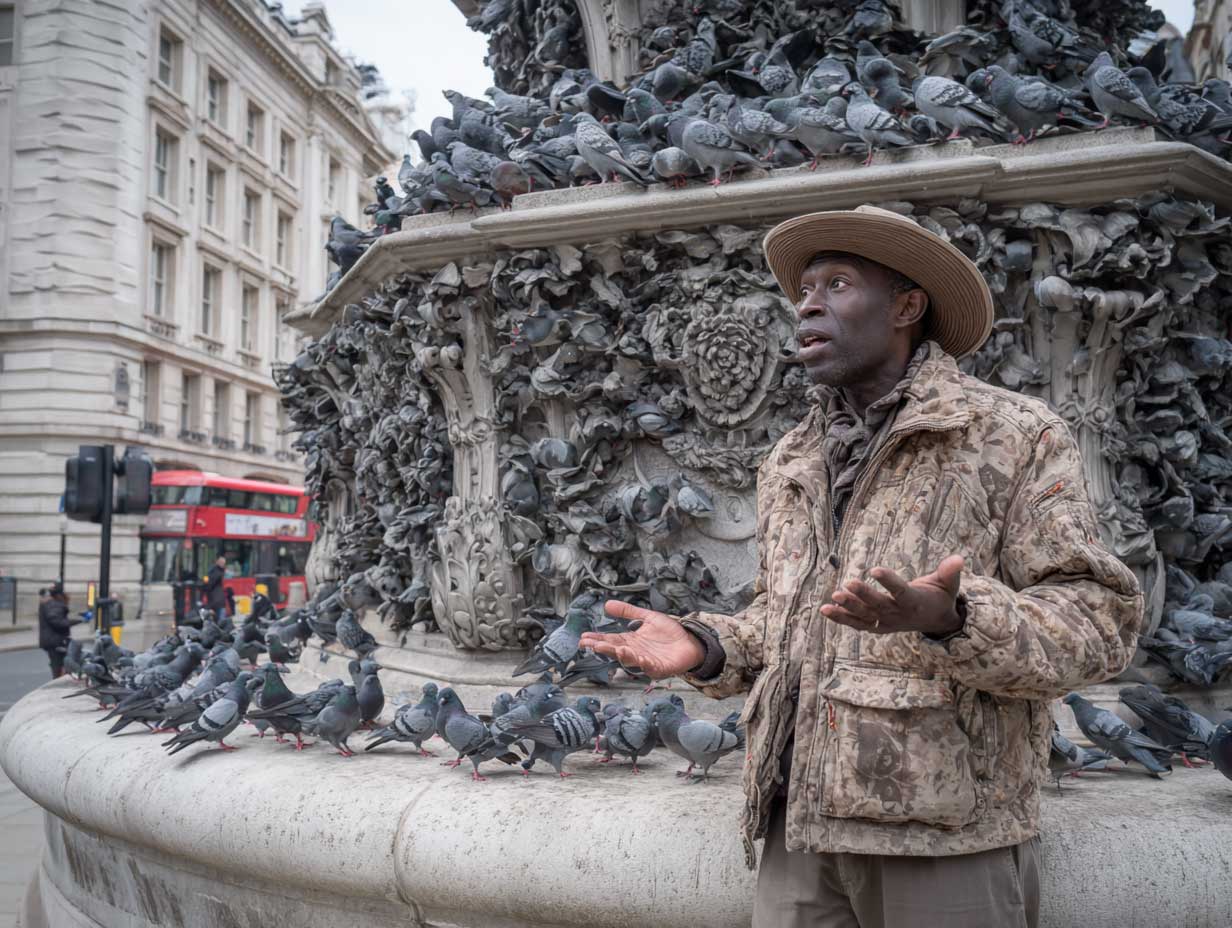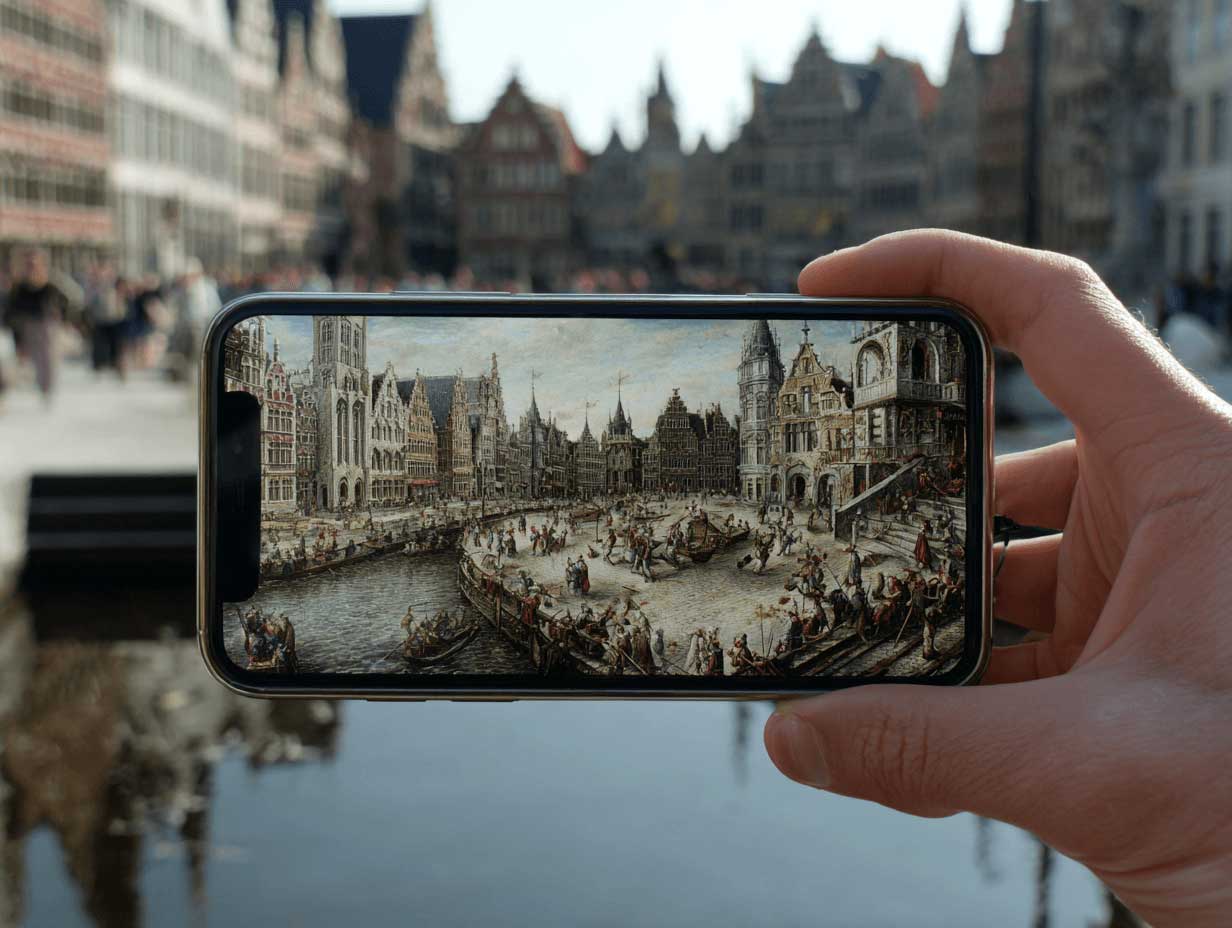When we set out to build immersive AI-guided tours at Voxtour.ai, we weren’t just trying to feed facts to travelers. We dreamed of something more vivid, a voice that could paint history, emotion, and curiosity into every corner of a city. We imagined something closer to a seasoned podcast host or a witty local storyteller than a robotic announcer.
And now, after nearly two years of development, that vision is no longer a dream. It’s real. Today’s AI doesn’t just tell you where you are, it makes you feel like you’re walking through history with a passionate friend.
But it didn’t start this way.
The Early Days: Fluent, but Fragile
Our earliest tours, powered by models like ChatGPT-4 and Grok 2, had one job: get the facts right. Even that was a challenge. These models could talk smoothly, but their confidence often outpaced their accuracy. They’d misplace events, invent historical tidbits, or confuse one monument with another. Fluent? Yes. Reliable? Not yet.
We tackled this by introducing something called RAG (Retrieval-Augmented Generation). That’s a fancy way of saying: the AI checks a trusted library of real facts before it speaks. It worked. Suddenly, our tours were grounded. But there was still a missing piece: voice.
Sure, the AI could “say” things. But it couldn’t feel them. It was like being on a tour with someone reading a script they’d just seen for the first time.
Adding a Human Touch

We didn’t want another audio guide that rattled off bullet points. We wanted a voice that lived the story it was telling, something that could raise goosebumps at a war memorial or smile as it shared a quirky statue’s backstory.
To make that happen, we had to teach the AI more than facts. We had to teach it tone. We layered prompt after prompt, voice samples, fallback scripts, anything to give it character.
Imagine Dan Carlin narrating a medieval siege. Or a dry-humored Londoner explaining the politics behind a pigeon-covered monument. That’s the level of personality we were chasing.
It wasn’t easy. Early versions could sound intelligent, but emotionally? They were flat.
The Breakthrough: ChatGPT-4o and Emotional Range
Everything changed with ChatGPT-4o. Suddenly, we had access to tone control, responsiveness, and context retention that felt human.
It could sound amazed inside a cathedral. Reverent at a memorial. Excited on a busy market street. It didn’t just talk about places, it reacted to them.
And then came Grok 3, which felt like a true storyteller. For the first time, the AI could hold a consistent narrative thread across a full 15-stop tour. It remembered where the story began, how it built, and where the emotional arc was headed. It no longer sounded like a Wikipedia page. It sounded like a host with a story to tell.
Grok 4: The Moment It All Clicked
With Grok 4, something magical happened.
The AI didn’t just avoid mistakes, it performed! It shifted its voice on the fly. It paused for drama. It referenced earlier stops in the tour to build tension or resolution. It whispered secrets in alleyways and sang softly in courtyards.
It felt alive.
The technology behind this leap? Think multi-agent reasoning, huge context windows (the AI can now “remember” an entire day-long tour), and real-time emotional modulation. In plain English: it can think, feel, and talk, all at once.
RAG didn’t disappear, it became the booster, not the crutch. The AI no longer needs help to behave like a guide, it uses help to go deeper, to make its stories richer.
,
What It Means for Travelers
The difference is night and day.
Where early tours sounded like an audiobook, today’s tours feel like you’ve met someone who knows the place and wants to show it to you. It’s not just about what happened, it’s about why it matters, how it feels, and what it means to you.
The AI adapts to where you are, the mood of the moment, even the weather. It’s no longer just guiding you through space, it’s guiding you through story.
Where We’re Headed Next
We’re just getting started.
Soon, AI guides will reconstruct historical scenes as if you’re watching them unfold. They’ll tailor the tone depending on whether you’re traveling with kids or diving deep into academic detail. They’ll bring long-dead voices to life, personalize stories based on your interests, and even adapt in real time to your reactions.
And you’ll forget you’re listening to AI at all.
Ready to Try It?
Next time you’re on a VoxTour, close your eyes for a moment. Listen.
That voice? It started as a machine. But now, it’s something else.
It’s your storyteller, your companion, your guide and maybe even your friend.
